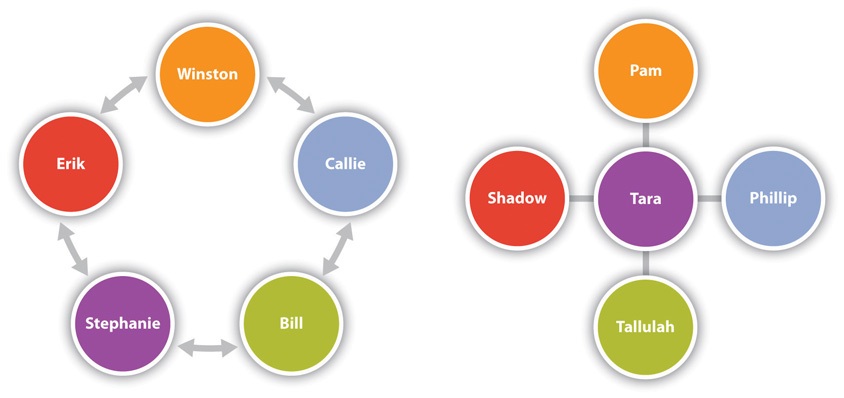Dominant Identity Development
Dominant identity development consists of five stages.Judith N. Martin and Thomas K. Nakayama,Intercultural Communication in Contexts, 5th ed. (Boston, MA: McGraw-Hill, 2010), 177–80. The unexamined stage of dominant identity formation is similar to nondominant in that individuals in this stage do not think about their or others’ identities. Although they may be aware of differences—for example, between races and genders—they either don’t realize there is a hierarchy that treats some people differently than others or they don’t think the hierarchy applies to them. For example, a white person may take notice that a person of color was elected to a prominent office. However, he or she may not see the underlying reason that it is noticeable—namely, that the overwhelming majority of our country’s leaders are white. Unlike people with a nondominant identity who usually have to acknowledge the positioning of their identity due to discrimination and prejudice they encounter, people with dominant identities may stay in the unexamined stage for a long time.
In the acceptance stage, a person with a dominant identity passively or actively accepts that some people are treated differently than others but doesn’t do anything internally or externally to address it. In the passive acceptance stage, we must be cautious not to blame individuals with dominant identities for internalizing racist, sexist, or heterosexist “norms.” The socializing institutions we discussed earlier (family, peers, media, religion, and education) often make oppression seem normal and natural. For example, I have had students who struggle to see that they are in this stage say things like “I know that racism exists, but my parents taught me to be a good person and see everyone as equal.” While this is admirable, seeing everyone as equal doesn’t make it so. And people who insist that we are all equal may claim that minorities are exaggerating their circumstances or “whining” and just need to “work harder” or “get over it.” The person making these statements acknowledges difference but doesn’t see their privilege or the institutional perpetuation of various “-isms.” Although I’ve encountered many more people in the passive state of acceptance than the active state, some may progress to an active state where they acknowledge inequality and are proud to be in the “superior” group. In either case, many people never progress from this stage. If they do, it’s usually because of repeated encounters with individuals or situations that challenge their acceptance of the status quo, such as befriending someone from a nondominant group or taking a course related to culture.
The resistance stage of dominant identity formation is a major change from the previous in that an individual acknowledges the unearned advantages they are given and feels guilt or shame about it. Having taught about various types of privilege for years, I’ve encountered many students who want to return their privilege or disown it. These individuals may begin to disassociate with their own dominant group because they feel like a curtain has been opened and their awareness of the inequality makes it difficult for them to interact with others in their dominant group. But it’s important to acknowledge that becoming aware of your white privilege, for instance, doesn’t mean that every person of color is going to want to accept you as an ally, so retreating to them may not be the most productive move. While moving to this step is a marked improvement in regards to becoming a more aware and socially just person, getting stuck in the resistance stage isn’t productive, because people are often retreating rather than trying to address injustice. For some, deciding to share what they’ve learned with others who share their dominant identity moves them to the next stage.
People in the redefinition stage revise negative views of their identity held in the previous stage and begin to acknowledge their privilege and try to use the power they are granted to work for social justice. They realize that they can claim their dominant identity as heterosexual, able-bodied, male, white, and so on, and perform their identity in ways that counter norms. A male participant in a research project on identity said the following about redefining his male identity:
I don’t want to assert my maleness the same way that maleness is asserted all around us all the time. I don’t want to contribute to sexism. So I have to be conscious of that. There’s that guilt. But then, I try to utilize my maleness in positive ways, like when I’m talking to other men about male privilege. “Communicating Queer Identities through Personal Narrative and Intersectional Reflexivity” (PhD diss., University of Denver, 2009), 127.
The final stage of dominant identity formation is integration. This stage is reached when redefinition is complete and people can integrate their dominant identity into all aspects of their life, finding opportunities to educate others about privilege while also being a responsive ally to people in nondominant identities. As an example, some heterosexual people who find out a friend or family member is gay or lesbian may have to confront their dominant heterosexual identity for the first time, which may lead them through these various stages. As a sign of integration, some may join an organization like PFLAG (Parents, Families, and Friends of Lesbians and Gays), where they can be around others who share their dominant identity as heterosexuals but also empathize with their loved ones.

Heterosexual people with gay family members or friends may join the group PFLAG (Parents, Families, and Friends of Lesbians and Gays) as a part of the redefinition and/or integration stage of their dominant identity development.
Source: Photo courtesy of Jason Reidy,http://www.flickr.com/photos/jason-riedy/4066374264.
Knowing more about various types of identities and some common experiences of how dominant and nondominant identities are formed prepares us to delve into more specifics about why difference matters.